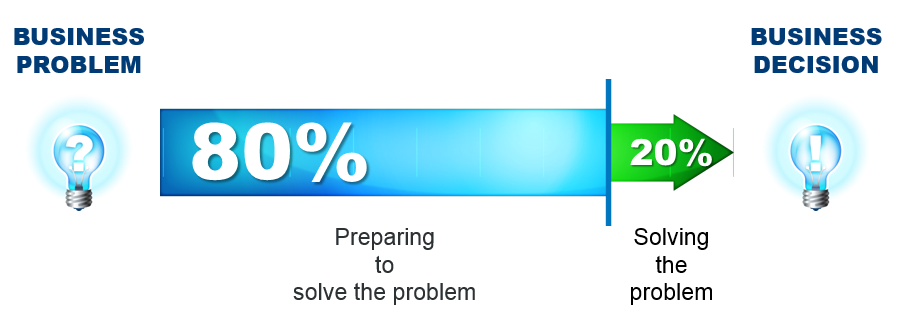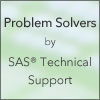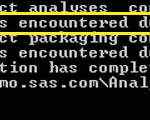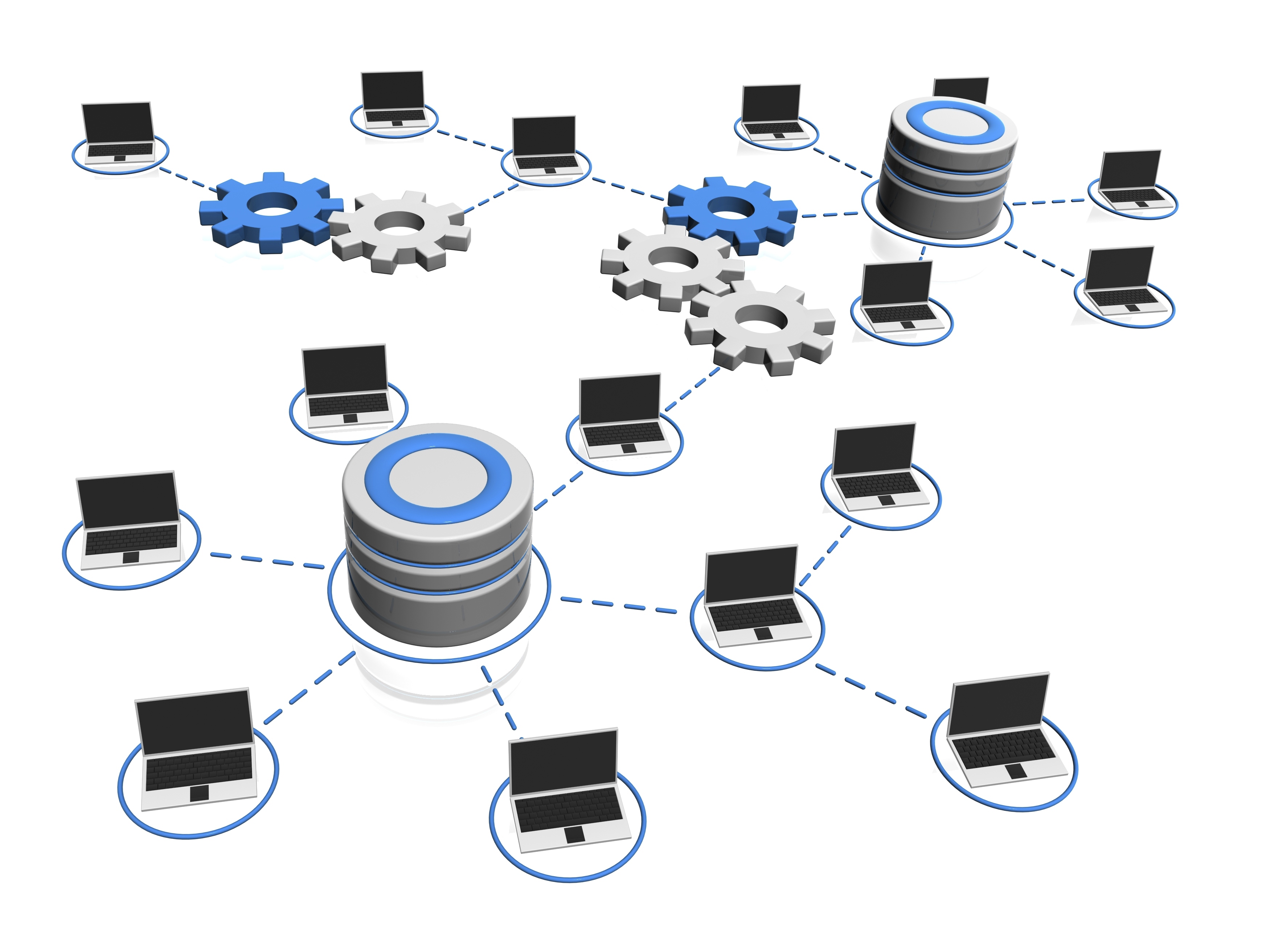All Posts

Love them or hate them, value-added models (VAMs) have changed the way we look at education today. VAMs have reshaped our thinking about the effectiveness of programs, schools, educators and colleges that prepare them. While VAMs have been used in the social sciences for decades, we can credit a few

Haben Sie schon einmal ein Business Intelligence (BI) oder Analytics Projekt von Anfang an begleitet? Dann wissen Sie sicher wie aufwendig die erste Phase (Datenzugriff und Datenaufbereitung) sein kann. Marktanalysten schätzen das Verhältnis Vorbereitung der Daten zur eigentlichen Auswertung auf 80:20. Das heißt, im Normalfall wird der weitaus größte Teil der

Within the SAS DATA step, the LAG function is provided to return a variable’s value from a previous data set observation. With certain data criteria, sometimes there is a need to look ahead at the next observation and you would expect to use a LEAD function, but this does not
As a proud father of three young children, Father’s Day is very special to me. I pulled together some data about the holiday for a fun blog post, but with three kids it’s difficult to find time to write. Evenings end with me and my wife collapsed on the couch

Jim Harris says event stream processing determines if big data is eventful and relevant enough to process and store.

It was 3:00 am one week day morning this April. The whole house had long been asleep when we were startled by the sound of a fire alarm. My husband and I jumped out of bed disoriented…. is there a fire? We didn’t smell any smoke... Our youngest daughter was

Have you ever waited a bit for SAS Enterprise Guide to display the Output Data tab when submitting a SAS program that generates multiple output tables? Or, perhaps your program only generates one big output table but it takes a little while for it to surface on the Output Data

Recent updates to SAS 9.4 have introduced some nice improvements in support of automated migration using the SAS Migration Utility and SAS Deployment Wizard. SAS has been working hard to make the migration experience more user friendly and less error prone. Changes have focused on making errors easier to identify

One of the fundamental principles of computer programming is to break a task into smaller subtasks and to modularize the program by encapsulating each subtask into its own function. I have written many blog posts over the years about how to define and use functions in the SAS/IML language. I

SAS/IIF Grant to Promote Research on Forecasting For the thirteenth year, the International Institute of Forecasters, in collaboration with SAS, is proud to announce financial support for research on how to improve forecasting methods and business forecasting practice. The award for the 2015-2016 year will be (2) $5,000 grants. The

Recently, I had an opportunity to participate in an analyst briefing around the Internet of Things (IoT). During the review, a chart was shown to summarize the status of IoT projects in the manufacturing sector. I wasn’t surprised by the varying degree of “completeness” of IoT projects across this industry, but

The metaphors we choose to describe our data are important, for they can either open up the potential for understanding and insight, or they can limit our ability to effectively extract all the value our data may hold. Consisting as it does of nothing but electric potentials, or variations in

Hadoop has been called a game changer technology. Here’s why: - DATA IS DIFFERENT: We now have to deal with both structured and unstructured data. - NO LIMITS: We now deal with Terabyte or Petabyte data size and not just with old Megabyte. - COMPLEXITY: We work with complex multi-server

Who is your best customer? The answer to this question can vary dramatically depending on your industry. A retailer’s best customer is someone who comes back to their store over and over again. A gym owner’s best customer could be considered consumer who pays their monthly on time but never

People are such an important aspect of data analytics. I was reminded of this at the recent Strata+Hadoop World event, where I saw first hand that the UK is indeed facing the same skills gaps as elsewhere in the world. Perhaps that didn’t surprise me, but I also noticed the













